How 2 Tuesdays - Knots

The Tom Rowland Podcast was recently named the #1 FISHING PODCAST to listen to in 2024 by Feedspot!
Want to win a Trip to Hawks Cay Resort + a fishing adventure with Saltwater Experience?! Enter the ultimate fishing vacation from Huk and Hawk’s Cay!
Looking for a fast and convenient way to find all of your favorite fishing and hunting shows (Including Saltwater Experience)?! Check out this super simple guide to get Waypoint set up on your smart TV.
Waypoint TV proudly remains the fastest-growing streaming television channel for outdoor lifestyle, fishing, and hunting programming. We are dedicated to providing unbarred access to the outdoor lifestyle by offering a user-friendly viewing experience across all devices through our Television channel, Online Demand platform, Apps, Podcast Network, and Digital Resources. Through the Waypoint platform, leading series, films, and education are easily accessible for all viewers, for free.
It shouldn’t come a surprise to anyone who has watched Saltwater Experience over the years to learn that my FAVORITE FISH is the permit. So many people have this fish on there bucket list and with this rig, catching this elusive fish has never been easier.
Captain Harley Hunt teaches you the first thing to learn when you first step foot on your boat.
Many People Release fish in a way that can actually be harmful to the fish. This is the right way!
It is the battle of the loop knots! Which is stronger the Steve Huff Double Figure 8 or the Homer Rhode?
Testing the very first knot that most fisherman learn. Then, I compare it to what people call the “improved” version of this knot.
Learn the essential technique of tying a NAIL KNOT with a LOCK for connecting fly fishing backing to fly line. As we discovered in previous tests, nail knots tend to slip before breaking. While this isn't necessarily a bad thing, given that the nail knot alone is strong enough, we can mitigate the slippage by tying a LOCK.
Every angler I speak too tell me they disregard the welded loop that comes from the manufacturer. In this episode I test to see if this knot is as strong as the nail knot that I am able to tie. Could it be stronger?
Many anglers trust the NAIL KNOT to make a loop in their fly line. Today, we are going to test the breaking strength to see if that is a good idea.
When it comes to landing tarpon on fly, having the right loop makes all the difference. If you don't have a welded loop in your fly line, what should you use?
Many anglers trust the NAIL KNOT to make a loop in their fly line. Today, we are going to test the breaking strength to see if that is a good idea.
Should you use the welded loop that comes with your fly line?
I have been known to never use the welded loop when I use a new fly line. However, I have never tested if this is the best option… until now!
Are you surprised by these results?
Jacob Wheeler earns his living by using ActiveTarget 2. He is a highly decorated professional bass fisherman in the MLF, including TWO back-to-back Angler of the Year honors. He uses forward facing sonar every single day. Including in his most recent victory at Santee Cooper in February.
I believe that these tips that Jacob shares, will not only help bass fishermen, but also saltwater anglers!
The Jansik Special is a popular fishing knot used for tying a hook or lure to a fishing line. It's known for its simplicity and strength, making it a favorite among anglers. Here's how to tie the Jansik Special:






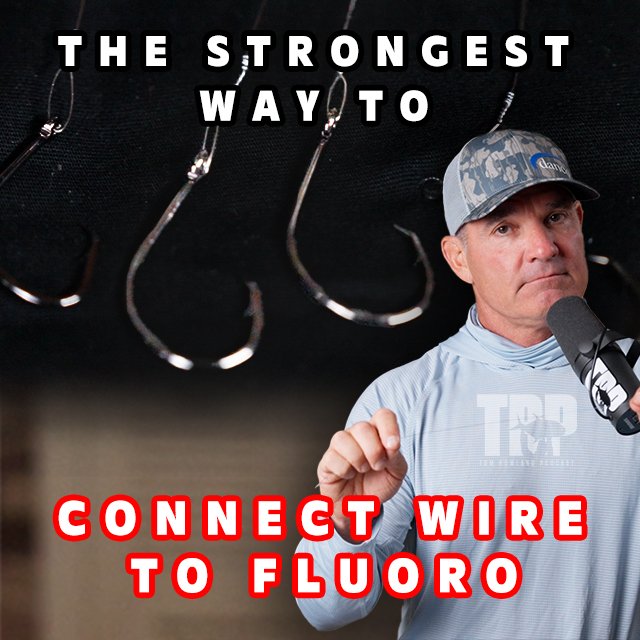
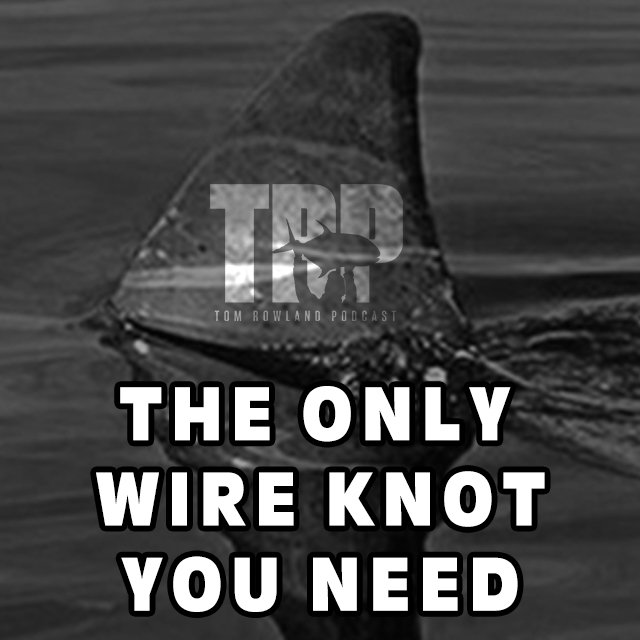

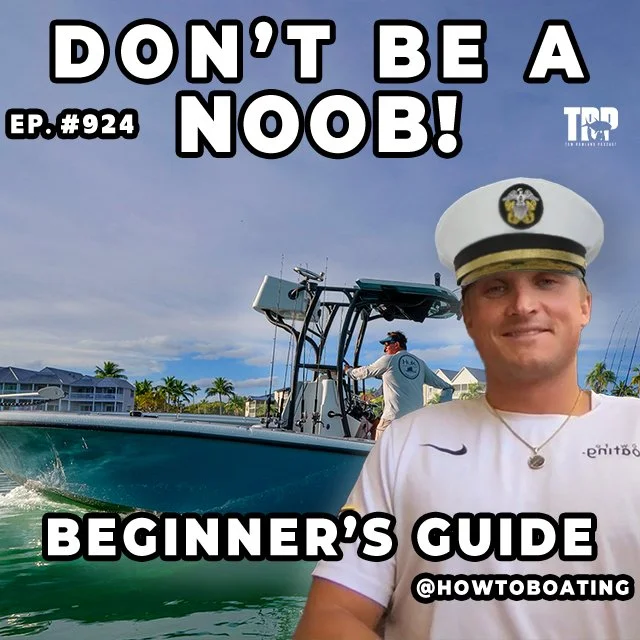


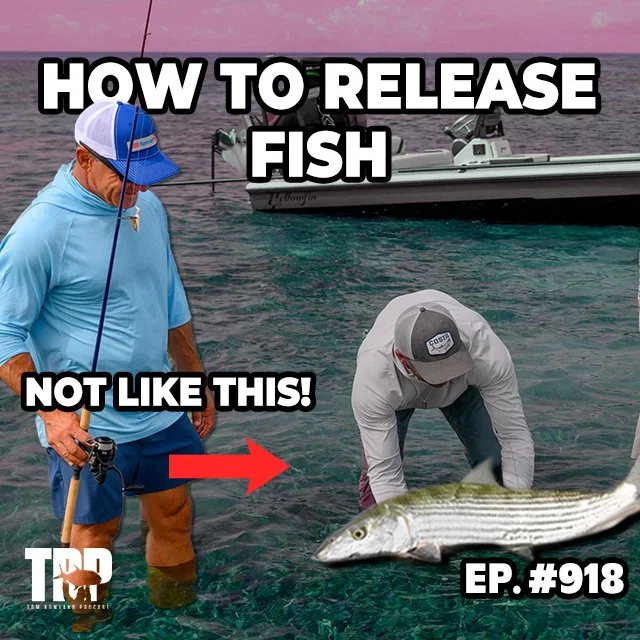

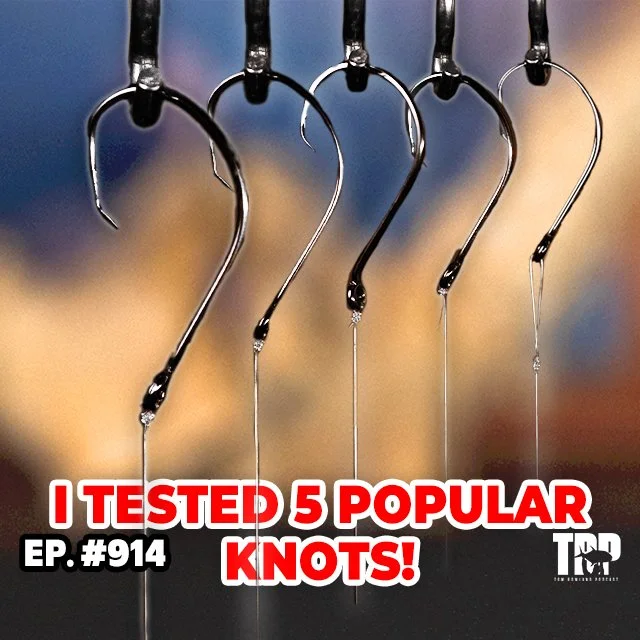







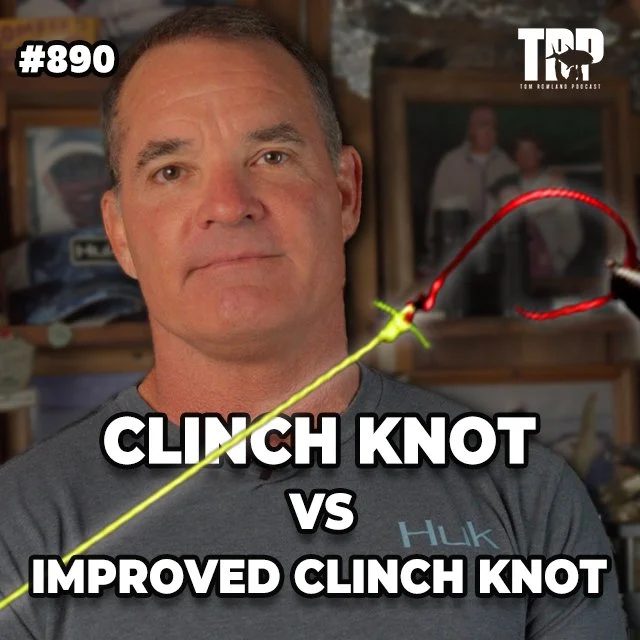



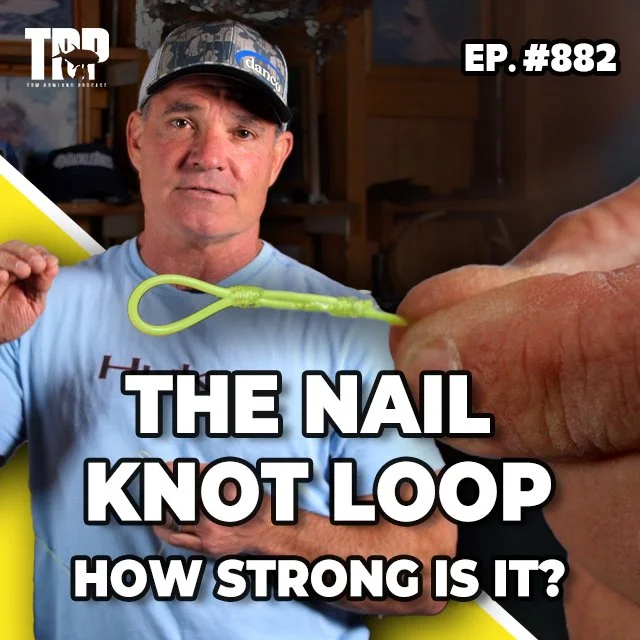




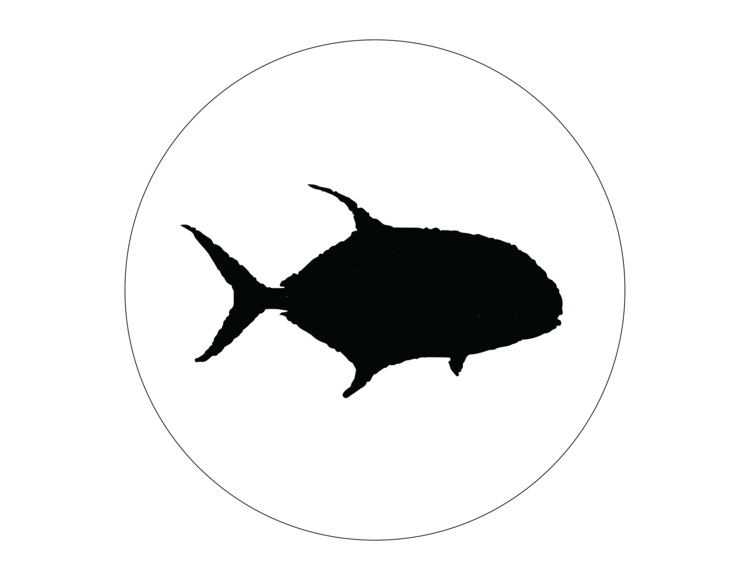

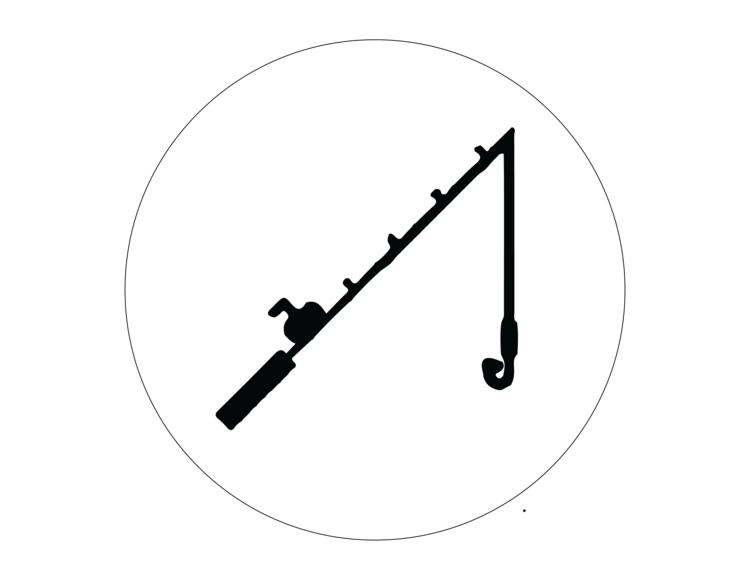

So many anglers (new and old) are heading down to the Florida Keys in pursuit of their dream fish but may be underestimating the strength of some of these fish...